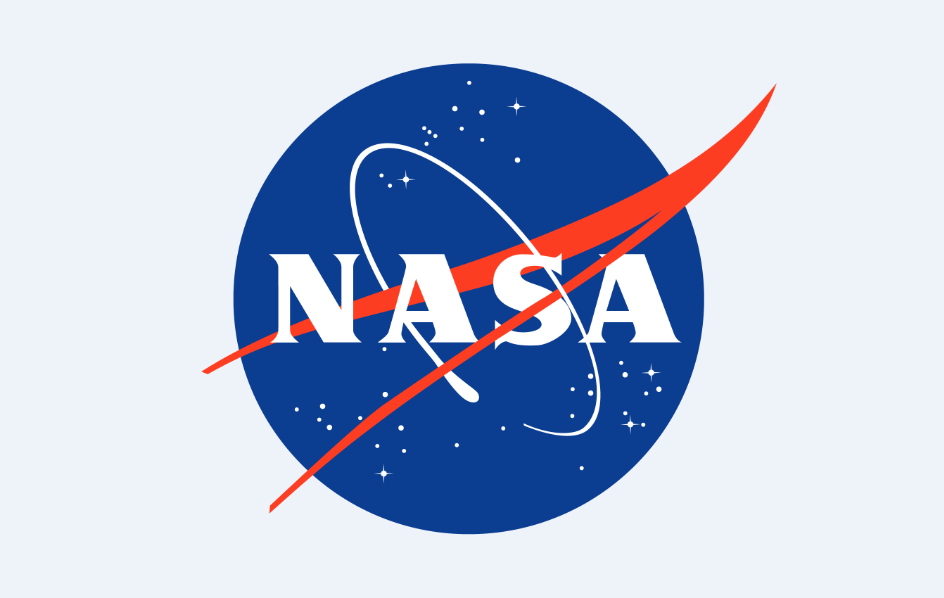Returning to orbit. NASA and the Canadian Space Agency announced the diverse crew that will be orbiting the moon as a part of the Artemis II mission.
The crew was announced at the Johnson Space Center in Houston and is set to make history during their 10-day mission. The astronauts include: Reid Wiseman, Victor Glover, Christina Koch and Jeremy Hansen. Wiseman is set as the mission’s commander and will help oversee the mission as Glover acts as the pilot and Koch and Hansen work as mission specialists.
This mission will mark the first time that astronauts have traveled to the moon since the 1970s as they work towards the next steps of long-term human presence on the moon. But this is not the only piece of history in this mission as it also boasts a diverse crew. The crew was formed in conjunction with the Canadian Space Agency and holds firsts that can be used to inspire future astronauts.
Christina Koch will be the first female astronaut to participate in a lunar mission after already having participated in the first all-female spacewalks in a previous mission. Pilot Victor Glover will become the first person of color to participate in a lunar mission with this being his second time serving as a mission pilot, the first was as a part of a NASA SpaceX mission. And the third member of the crew that will be making history as Jeremy Hansen will become the first Canadian to be a part of a lunar mission.
This mission will help inspire hope to the potential of a human presence on the moon, but through its crew, it will help inspire more people from different backgrounds to become astronauts. This crew breaks down the stereotype for what astronauts have looked like for the past 50 years from the white American man to any member of a community. It will help show that the barrier that this stereotype has formed is being brought down as our missions progress.
People from various ethnicities and nationalities are being shown that they have a chance of accomplishing their goals and being a part of the discovery of the moon and eventually Mars. This could be especially helpful for NASA and other space agencies as space exploration is not as popular as it once was and many have questioned the progress that it has made in recent years. But as more people from various backgrounds become more interested in the possibility of space exploration, it could lead to another boom towards our outlook on a future for humans in space.
“The Artemis II crew represents thousands of people working tirelessly to bring us to the stars,” NASA Administrator Bill Nelson said when announcing the crew. “Together, we are ushering in a new era of exploration for a new generation of star sailors and dreamers — the Artemis Generation.”









